Food & Drink
Restaurant Refresher: Twenty Years Later, Tapas Teatro is Still Terrific
The small-but-mighty plates still draw people, consistently, hungrily, to the Spanish restaurant in Station North—by most accounts, the first tapas restaurant in Baltimore.
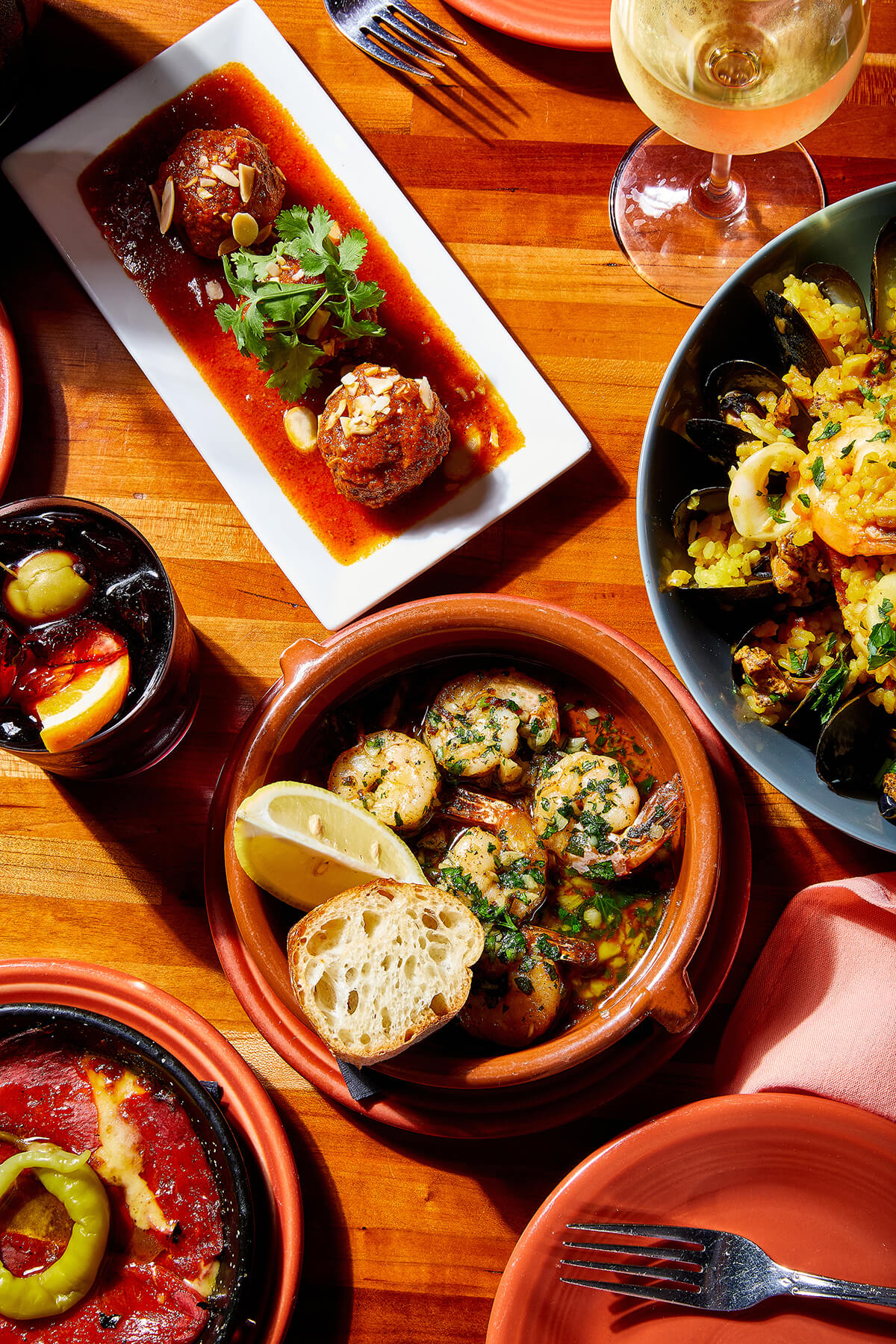
It’s a late afternoon in August, and there’s a cluster of people on the sidewalk fronting the little theater and restaurant row in Station North that’s home to The Charles Theatre and an abundance of great restaurant options, including Alma Cocina Latina, Foraged, Sofi’s Crepes—and Tapas Teatro, which, after 21 years, has the most enduring presence of them all.
Promptly at 5 p.m., the crowd disappears through its doors. Although there’s both a Jordan Peele flick and a John Waters retrospective playing at The Charles, it’s the tapas that draw people, consistently, hungrily, for the more than two decades since the Karzai family first opened their small plates Spanish restaurant.
Inside Tapas Teatro, dusky purple walls arch into a high-ceilinged room, illuminated with Gutierrez Studios lights and sconces, next to a busy open kitchen. A dining room showcases century-old brick walls and art (an Iberian pig foraging for acorns; the silhouette of a bull) reflecting the Spanish theme of the menu—by most accounts, the first tapas restaurant in Baltimore.
The building is part of The Charles, the oldest theater in the city, a Beaux-Arts structure designed in 1892 as a trolley barn. A back room showcases a massive bar, a long wooden community table, and benches featuring Andalusian arches. Soon it seems like nearly every table, both inside and out on the sidewalk and pandemic-expanded patio, is filled with people attentive to plates of boquerones (marinated white anchovies), croquetas built of potatoes and cheese, the sauced lamb meatballs called albondigas, bowls of gazpacho, grilled octopus doused with romesco sauce, and glasses filled from the extensive Spanish wine list.
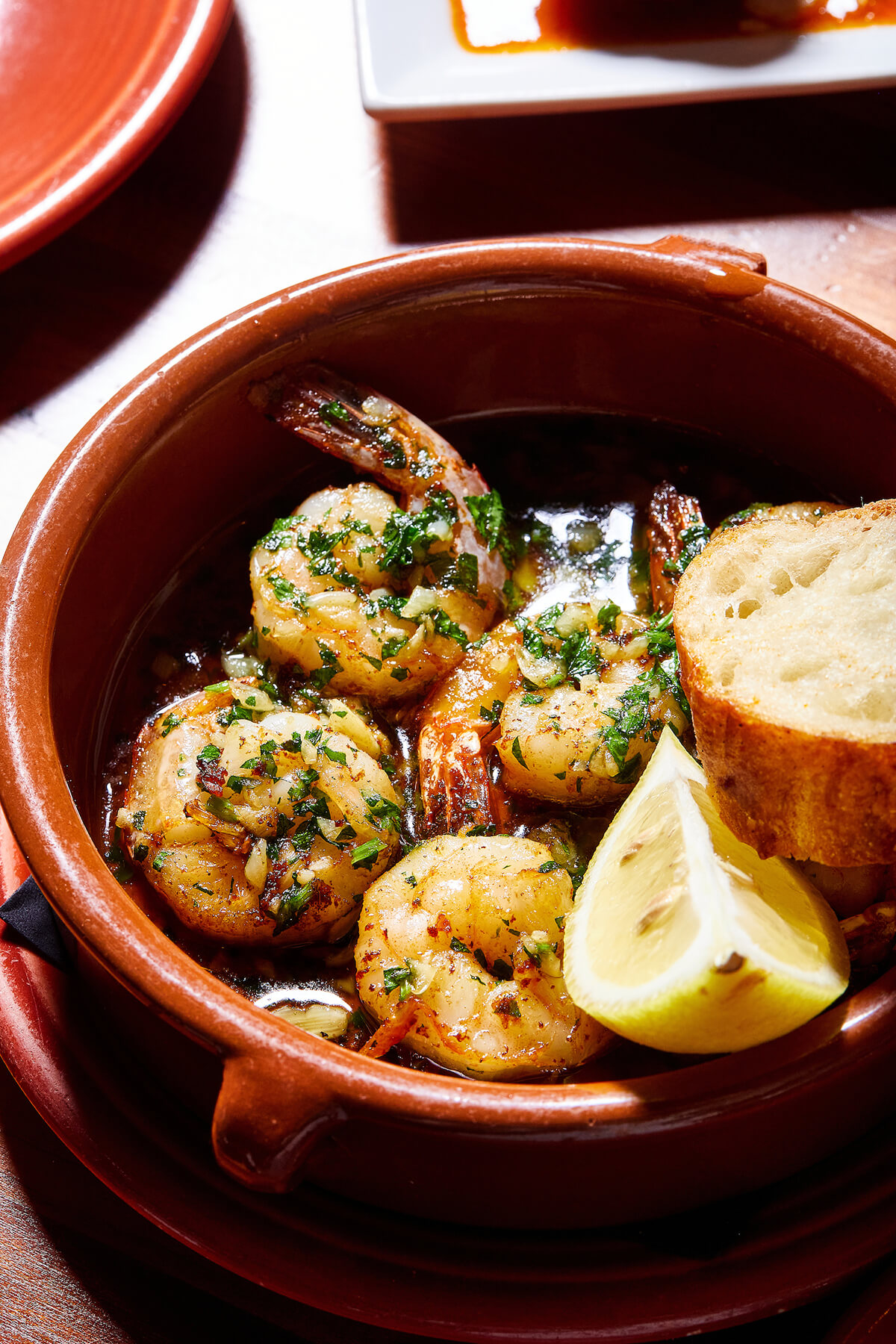
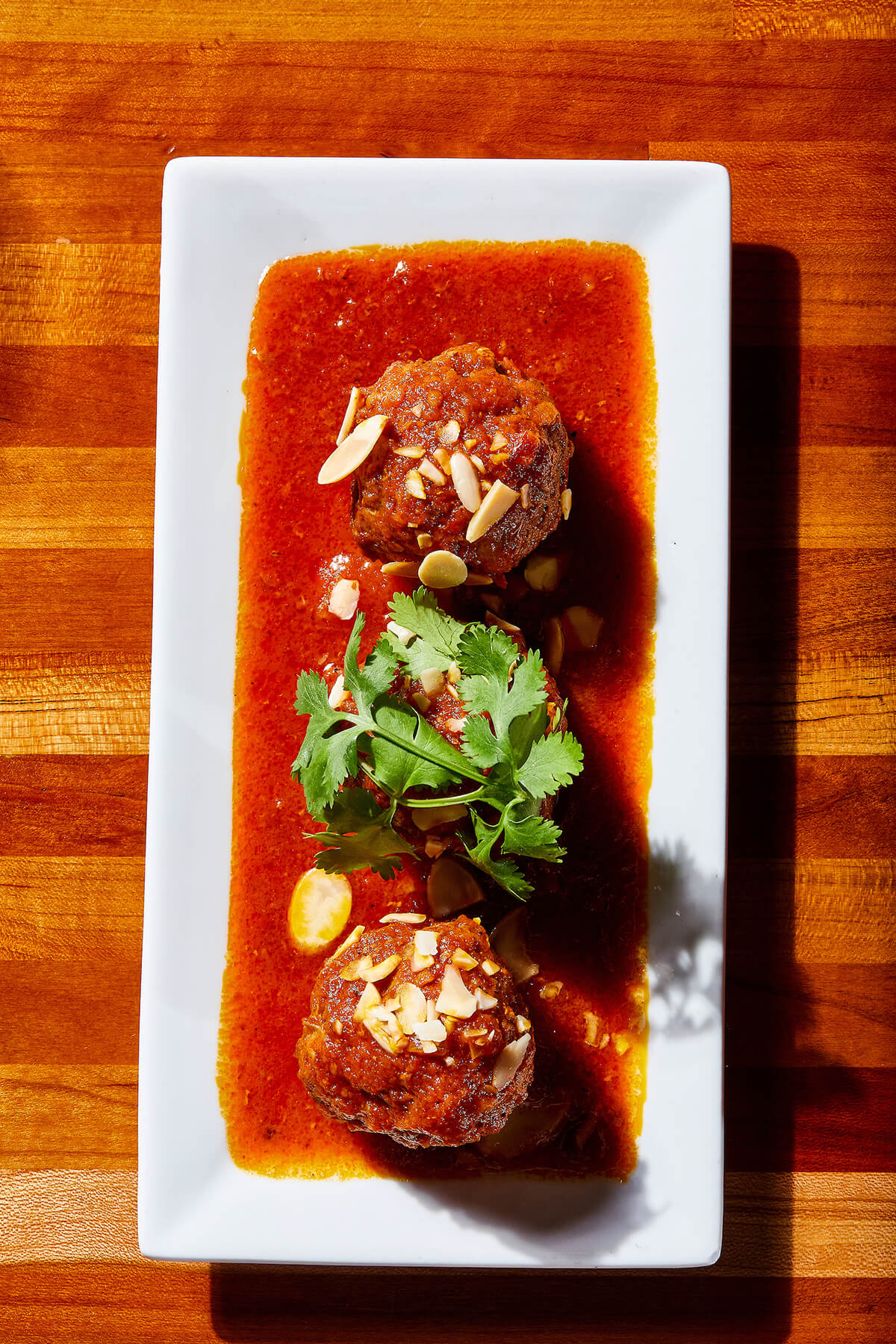
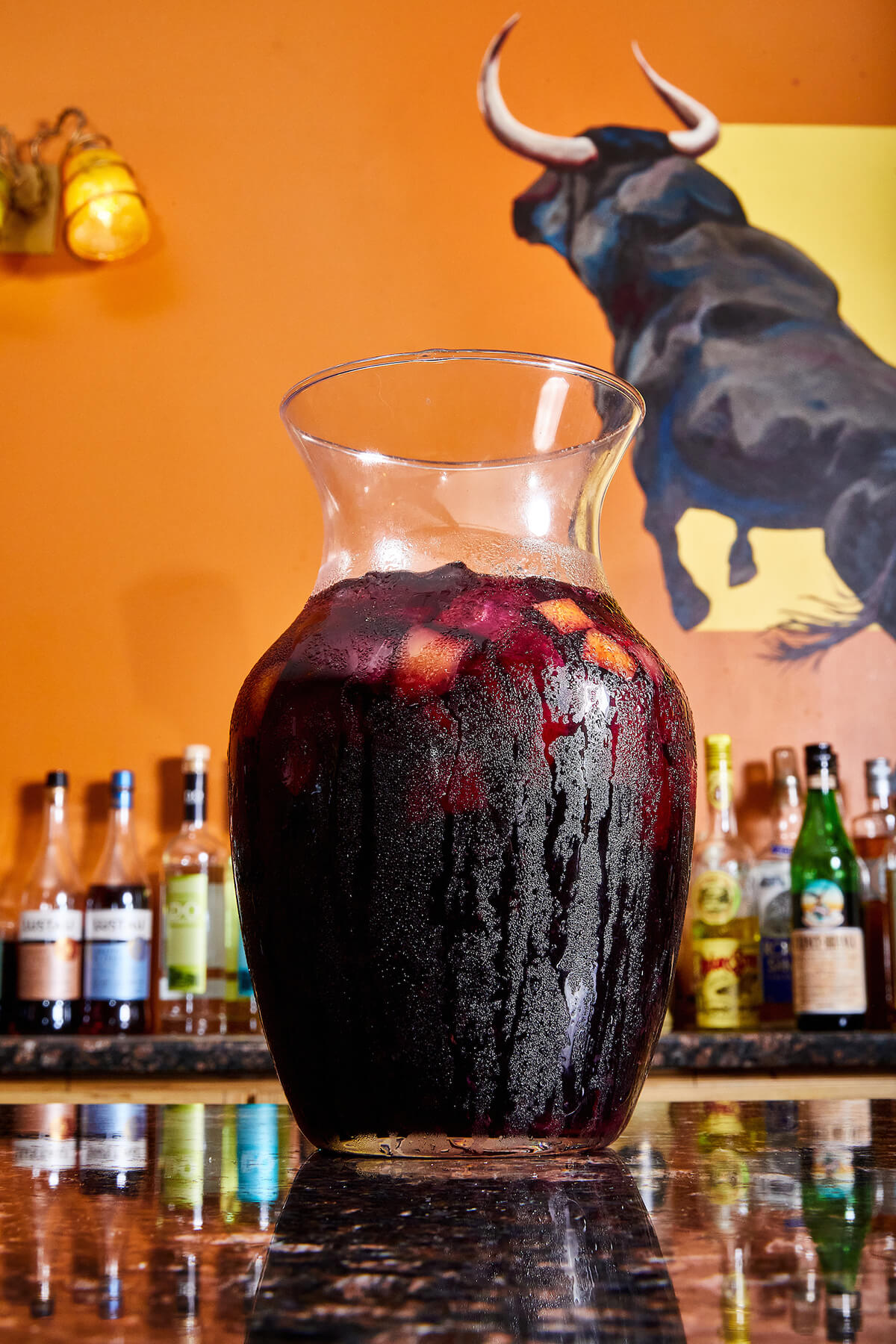
“When we first opened, we had Spanish influences, but becoming more authentic was a process, as I started going to Spain,” says Helmand Karzai, 43, whose family also owns The Helmand, the excellent 32-year-old Afghan restaurant on N. Charles Street. (Yes, Helmand’s parents, Pat and Qayum Karzai, named the restaurant after him; it’s also the name of an important province and river in Afghanistan, where the family is from.) Karzai had been involved in Tapas Teatro from the outset, but gradually stepped front and center as he became more interested in Spanish wines and his parents moved away from the day-to-day operations to the administrative side.
“I started taking over the wine-ordering, which means the wine-tasting, and I really got into wine.” Karzai attended the wine program at The French Culinary Institute (now the International Culinary Center) in New York City and spent more and more time traveling to Spain, particularly rural Catalonia and the wine regions of Priorat and Montsant.
“Spain had a moment in the early 2000s, [likely] because of Ferran Adrià,” says Karzai, referencing the Spanish chef who ran El Bulli in Catalonia, which was for years considered the best restaurant in the world.
This moment happily coincided with the then-newly opened tapas restaurant. Serving tapas just made sense, as Karzai’s father loved the cuisine and the small-plates model—this was years before small plates became the trendy thing they are now was perfectly tailored for moviegoers.
“Hey, we’re connected to a movie theater,” says Karzai. “What gets people in and out? It matches so well.” And it doesn’t hurt that the restaurant shares The Charles’ liquor license, which means that you can take the signature jugs of sangria inside the theater.
The Karzai family had other ventures, the now-closed Pen & Quill and B. Bistro, “but this has always been where my heart is,” says Karzai.
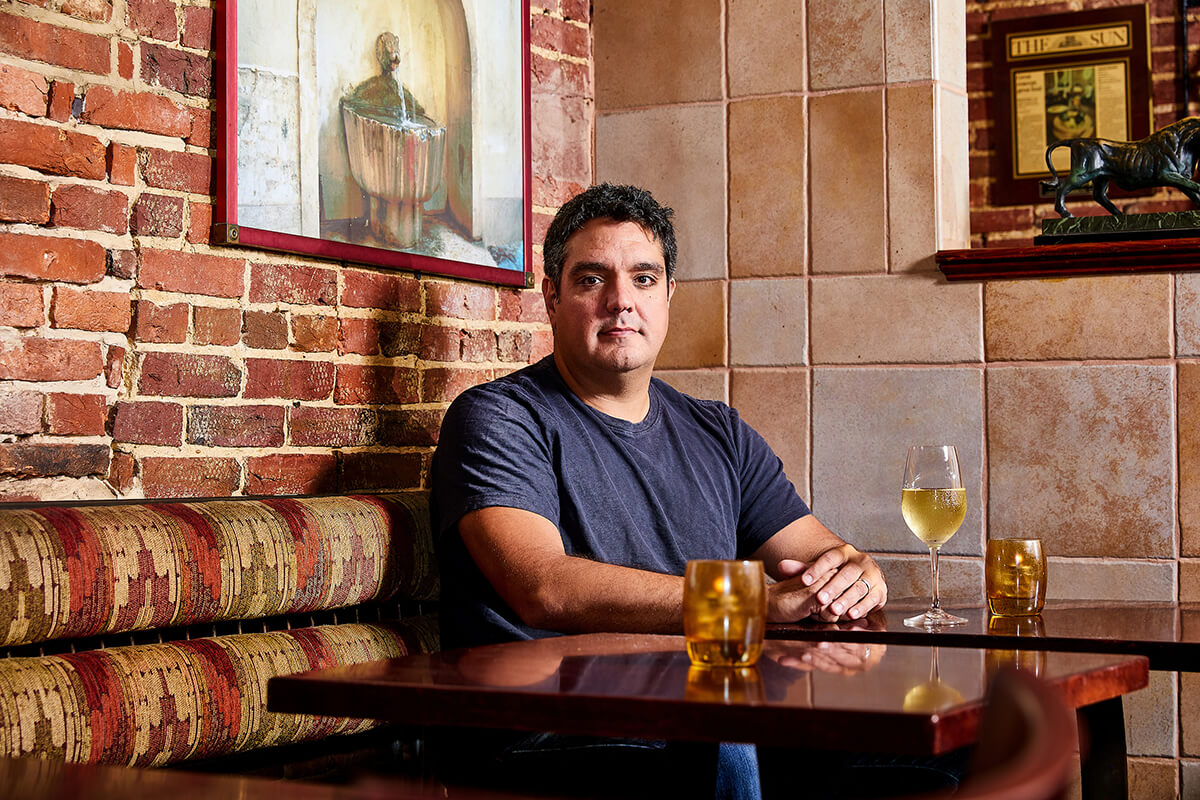
Between the carefully selected bottles of Pedro Ximénez and Axta Patcharan, the long list of Idiazábal and Manchego cheeses, and the ribbon-y mounds of jamón Serrano and Ibérico de Bellota on the menu, you can tell. The staff is made up of as many longtimers as the clientele, with some cooks having worked for a decade or more behind the stoves, a rarity these days.
That familiarity—and the dexterity that comes with it—shows in the plates of three of the best tapas: a terrific iteration of gambas al ajillo, perfectly cooked shrimp in olive oil and garlic, served with discs of baguette, a classic dish that’s been on the menu since the restaurant opened; papas bravas, fried potatoes paired with a zippy aioli; and the chile rellenos, roasted piquillo peppers stuffed with melted, aged Idiazábal. The dish is deceptively simple—just bold, salty cheese oozing from the peppers’ tender, bright-scarlet casing—but it’s alarmingly good.
And then there’s the one big plate on the menu—that’s the paella—something to order if you’ve already seen your movie, or you’ve skipped the showing altogether because you’ve been distracted by the impressive gin-and-tonic list. It’s an old-school offering, with seafood, chicken, and chorizo embedded within saffron-painted Calaspara rice and a verdant handful of fresh peas. It is undeniably delicious—and comforting as a bag of movie popcorn.